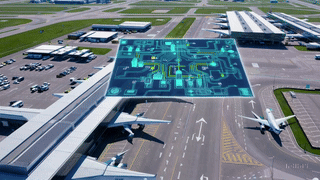Cookie Notice
This website uses cookies to ensure you get the best experience on our website. By using this site you agree to the use of cookies. We also use Google Analytics and Google Ads for statistical and marketing purposes. By selecting these you agree to the use of cookies by Google services. The data collected may also be processed in a country outside the European Economic Area. If you are under 16 years old and wish to give your consent to nonessential cookies, you will need permission from your parents or legal guardian. Learn more about our Data Protection Policies.
You may enable cookies individually:
